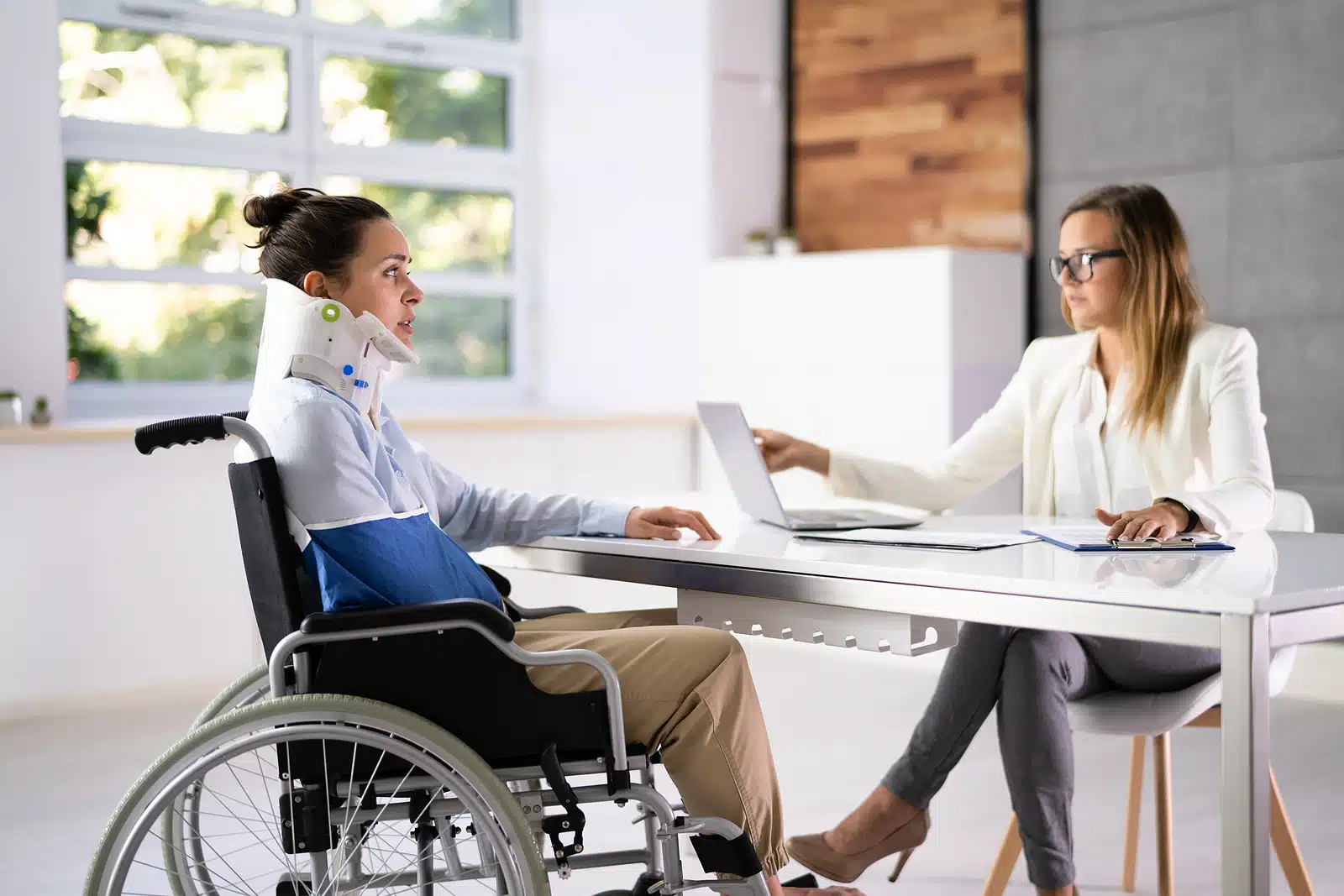A Guide to Colorado Right of Way Laws

Why is Right of Way Important?
One of the factors with the most significant impact on accidents is establishing fault. By doing so, you can ensure that you are collecting damages aligned with your portion of the fault in the accident and not settling for less. Furthermore, if you are at less fault than you think due to you having the right of way and the other driver not, it can mean that you are held less liable and can fight for that as necessary in court.
Having the right of way, not being a distracted driver, obeying all signs and safety laws, and more all play a major role in establishing fault for an accident. Let’s review some of the right-of-way laws in Colorado so you know for future reference.
Right of Way at an Intersection and While Turning
When two cars approach an intersection, the vehicle on the left must yield to the car on the right. The driver on the right has the right of way and gets to proceed through the intersection first. The exception is if the driver on the left has arrived at the stop sign some time before the driver on the right. In this case, the driver on the left would go first.
If a pedestrian is in the intersection, regardless of when they arrived, they have the right of way provided they can legally cross the street in that location. So if two vehicles arrive nearly the same time, and a pedestrian walks up shortly after, both cars must yield to the pedestrian.

Other Examples of When You Should Yield
If you are merging into traffic, you must yield to all moving traffic and merge only when you have reached a safe speed, and there is ample room to do so without impeding traffic.
If you are approaching a roundabout with a vehicle already in the circle, you must yield if it’s a one-lane roundabout. If there is a secondary lane, you may enter safely and proceed.
When approaching a pedestrian in a legal crosswalk, you must always yield to the pedestrian. This yield can be a gray area as not all pedestrians follow the signal to cross or wait, but in general, giving them the right of way to ensure safety for all is the best bet.
Mountain Roads
While in the mountains, if you are on a narrow, one-lane road, the driver traveling uphill has the right of way over the car heading downhill. The driver approaching a car heading uphill must yield, pull over safely, and let the driver continue uphill.

Additional Right of Way Examples
When traveling near a city bus, the bus almost always has the right of way while dropping off or picking up passengers and trying to re-enter the roadway. The drivers must exhibit reasonable care to the surrounding vehicles and passengers, but generally, they have the right of way.
If a service vehicle is in the roadway or off to the side of the road and is trying to re-enter, they have the right of way. There may be some instances where they don’t, such as if they don’t have a flashing light on their vehicle, but in general, it’s best to give them the right of way so they can safely complete the work they need to do. The same applies to construction or maintenance workers in a designated area. Drivers near the area must yield to them.
What About Bicycles?
Bicycles must follow the same right-of-way laws as cars and other vehicles. They must yield to pedestrians and other traffic and follow all reasonable care duties as those driving vehicles.

Know Your Rights
If you feel that you were not at fault or less at fault following an accident, you are being told to act now and consult an experienced personal injury attorney. You may have heard that following an accident, it’s best to state only facts and not give opinions or offer more information than is requested by the other parties to insurance companies and more. This is because you may inadvertently place yourself more at fault than you were. Most insurance companies will want you to assume fault, so you settle for less and don’t negotiate an amount that may rightfully be yours.
Work with an experienced team that can handle communication and negotiations for you so you can pursue the damages you deserve and not settle for far less. Understand your rights and how they relate to fault in an accident; it may significantly impact the damages awarded.
Call our office today at (720) 707-0870 for your free initial consultation. We can review your questions and discuss options that may be best for you.
We look forward to serving you.




